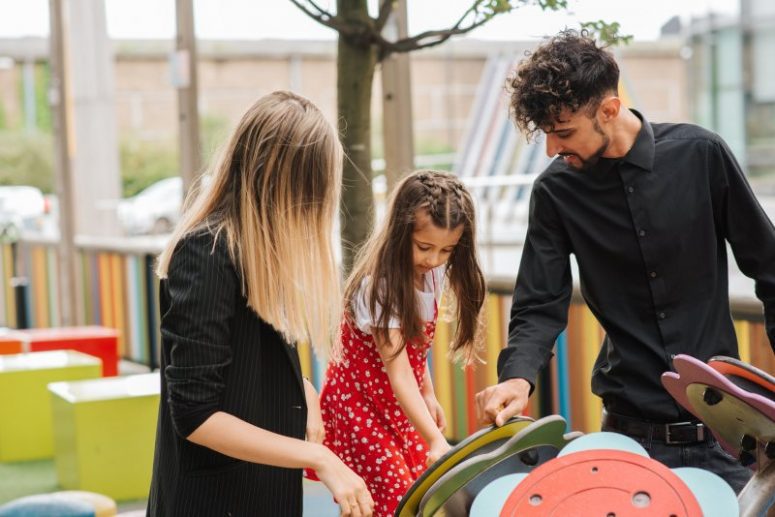Boundaries are about making a separation between yourself and another person. Such boundaries can be physical, emotional or psychological in nature. Boundaries are important to distinguish between who you are and what belongs to you and those related to someone else. A healthy boundary is when you are able to distinguish yourself and your emotions from those of another person. It also means that when you are uncomfortable you can say no. Having healthy boundaries supports both yourself and the relationships that you have with others. It supports relationships to be more respectful and caring.
Sometimes when we share an emotional connection to that other person, such boundaries can become more blurred. There can also be a lack of boundaries, which results in feelings of being powerless or unimportant. Where families are involved, boundaries can become particularly blurred especially if the family dynamic is complicated.
Boundaries begin to be developed in a child’s infancy. They are based on how the child’s caregivers interacted with the child, as well as how other family members interact with each other. The child learns from this behavior and begins to model the behavior that he or she sees. The caregiver’s ability to have healthy boundaries is therefore vital for the child to live in a healthy environment with healthy boundaries. As the child grows up, he or she will incorporate the same types of boundaries with other people they interact with. If they have not experienced healthy boundaries in the past, they may be unable to recognize healthy boundaries when they come across them, and as a result miss out on healthy relationships.
For a healthy boundary to be established, communication needs to be clean and established, both with ourselves and with others. The first step is to identify how you are feeling and understand why we are feeling the way that we are. This is not always as straightforward as it sounds. Oftentimes, when we have been in an entangled relationship for a long time, it become difficult to identify what belongs to us and what belongs to someone else. In order to understand better what belongs to us, we need to take a moment to understand what is happening; to explore when we feel the way we feel and what is happening around us when this feeling comes along.
The next step is to seek out what it is that we need, and this is where setting boundaries comes in. Oftentimes to get what we need we need to be able to say no to something else. For example, if the need is to step away from family to have some time for self-care, this requires saying no to spending time with the family. This can be particularly challenging if we have struggled to do so in the past or felt powerless or unheard when we did.
Communicating boundaries is a process that can take time and may need to be repeated more than once. It’s important to be clear about what the need is and how you want to fulfil it. Being consistent about your boundaries will support you to not only be clear about what it is you want but will also support the relationship to be more respectful. Sometimes the other person can struggle to respect these new boundaries and try to find ways around them. If repetitive requests to respect your boundaries does not give you the results you would like, it might be an opportune time to consider the possibility of needing to step away from that relationship, at least for a period of time.
Clear communication is crucial for boundaries to be established and maintained. Explaining your decisions and your thought process can also support the relationship despite the changes that setting boundaries can bring. Remember that having boundaries can improve communication and outlook with your environment, even if it is not necessarily felt right away.
Petra Borg is a Trainee Gestalt Psychotherapist currently reading for a Masters in Gestalt Psychotherapy from the Gestalt Therapy Institute Malta (GPTIM) and working at Willingness as a Trainee Psychotherapist. She has experience as a Triage Officer and has also worked closely with Willingness over several years, coordinating the international internship programme and providing support over diverse events and initiatives.
References:
Radin, S. (2019). How to set boundaries with a toxic family member. Allure. https://www.allure.com/story/toxic-family-how-create-boundaries
Zoffness, R. (2019). How to set boundaries with family. Psychology Today. https://www.psychologytoday.com/us/blog/pain-explained/201912/how-set-boundaries-family

